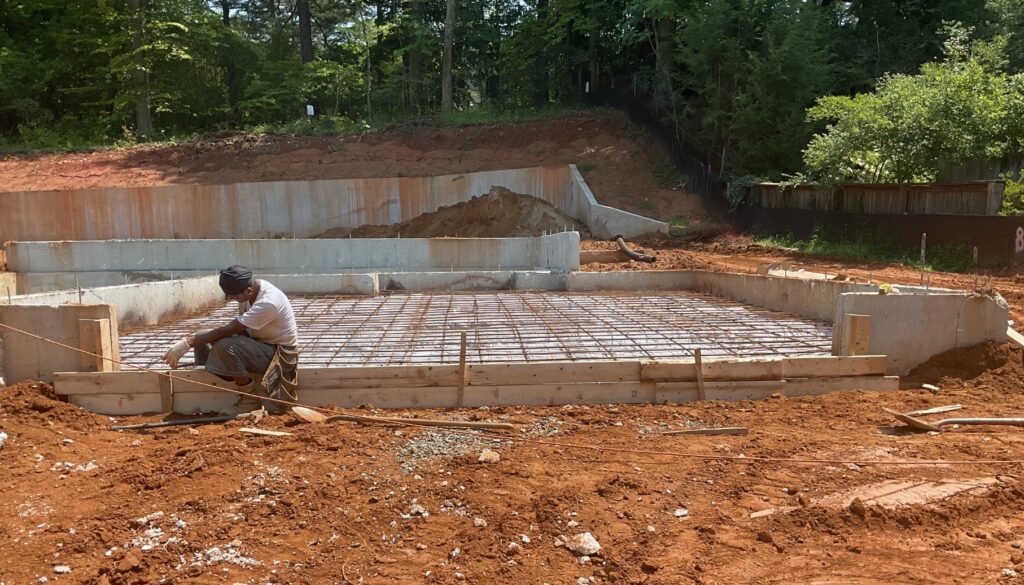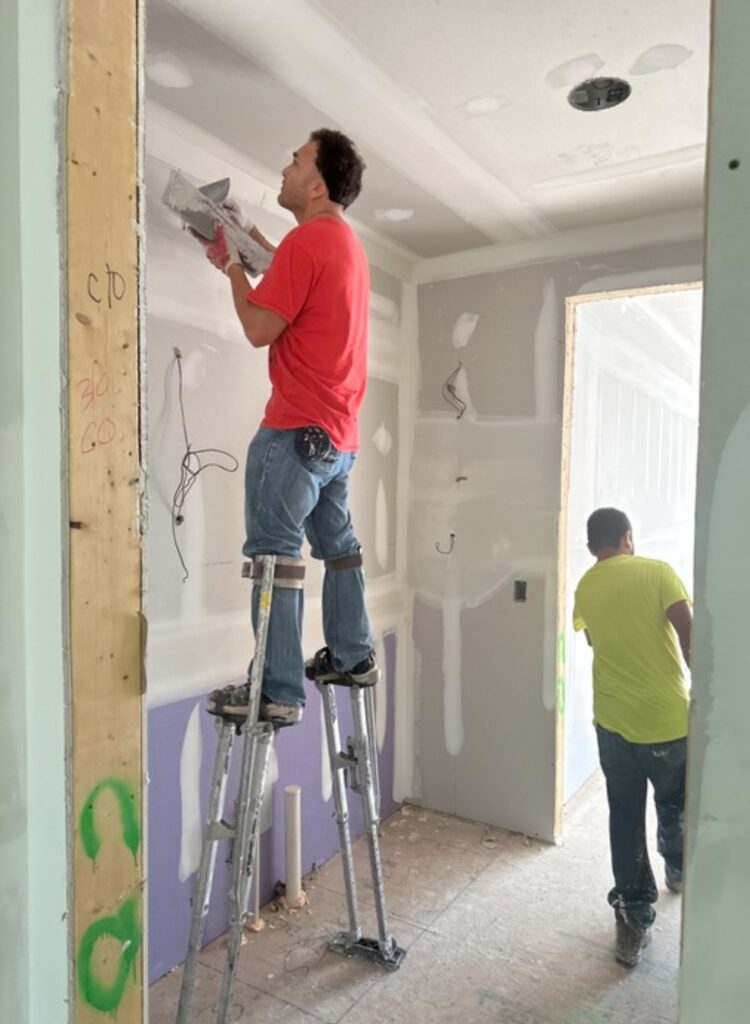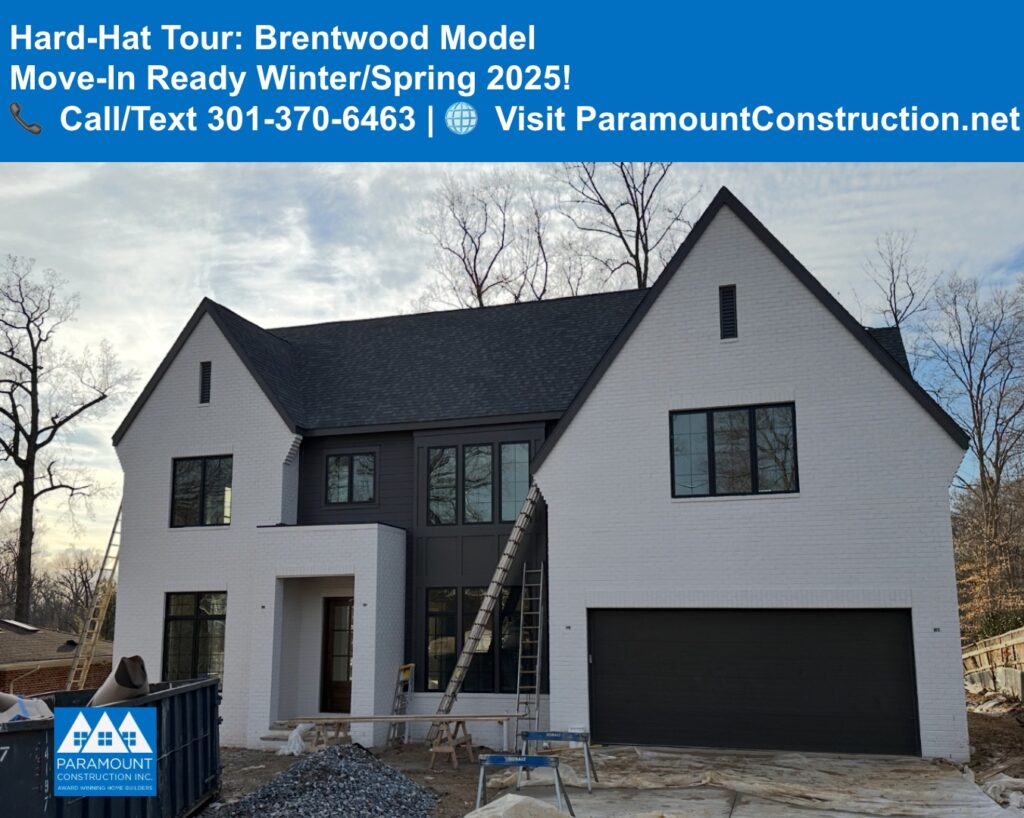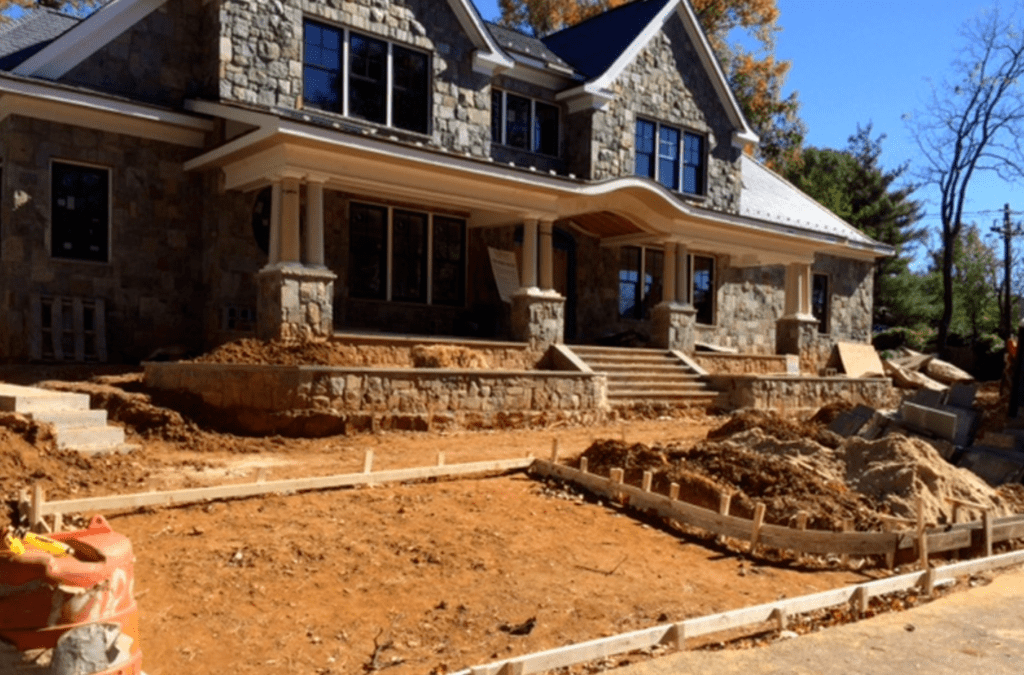This is some great news if it passes and is from a newsletter we subscribe to call
Builder Business Update:
Senate Adds $15,000 Home Buyer Tax Credit to Stimulus
Amendment to Senate version of stimulus bill provides credit to all home buyers and doesn’t require repayment.
By Pat Curry
The U.S. Senate on Wednesday voted unanimously to approve a home buyer tax credit of $15,000 or up to 10 percent of the purchase price in its version of the stimulus bill. This proposed credit would be available to all home buyers and would not have to be repaid as long as a buyer lives in the house for at least two years. The amendment to the Senate’s economic stimulus package, co-sponsored by Sen. Johnny Isakson (R-Ga.) and Sen. Joe Lieberman (I-Conn.), offers credit on purchases from one year of the date of enactment and could be applied to the home buyer’s 2008 taxes.
Isakson, who spent more than 30 years in the real estate business, proposed the tax credit because he’d seen it used effectively to jump-start housing in the 1970s.
“We rarely have a road map to success in times of difficulty, but this country has once before realized a housing crisis every bit as bad as the one we have today and economic troubles every bit as dangerous,” Isakson said in a prepared statement Wednesday evening. “We have a pervasive housing problem, and we have a historical precedent that works. I am proud this Senate has joined together, learned from history, and repeated a method that worked by adopting this amendment.”
Dwight Jaffee, a professor of finance and real estate at the Haas School of Business at the University of California, Berkeley, called the 1973-1975 recession the “classic example” of how a direct stimulus to housing demand impacted economic recovery. “Housing led us into this recession, and we need a stimulus for it to lead us out,” Jaffee said in a statement released by the Fix Housing First coalition, a group of home builders, manufacturers, and others advocating for several housing-related measures, including the tax credit.
According to Jerry Howard, the NAHB’s CEO, the amendment’s provision to offer the tax credit for a year from the date of enactment “reflects Sen. Isakson’s in-depth understanding of housing. It gives the people who market housing a chance to ramp this up and put it in its proper perspective in the field.” Depending on the enactment date, it could make the tax credit available well into 2010. (In previous versions, the tax credit was only available through Dec. 31, 2009.)
Howard also said Thursday that the NAHB’s staff is working closely with the Senate offices of Sen. Mitch McConnell (R-Ky.), John Ensign (R-Nev.) and Lamar Alexander (R-Tenn.) on additional amendments that the Fix Housing First Coalition considers crucial to solving the housing crisis. Those include low-interest mortgages for home buyers and additional measures to stem foreclosures.
The National Lumber and Building Material Dealers Association also issued a statement this morning applauding the adoption of the amendment and thanking the senators for their leadership. “We believe, if adopted in the final stimulus package, the tax credit could go a long way toward reviving the housing economy by encouraging more home purchases, creating new jobs, and restoring consumer confidence in the housing market,” said NLBMDA President and CEO Michael O’Brien.
The Fix Housing First coalition, which includes the NAHB and NLBMDA, continues to advocate for additional housing stimulus measures, including an amendment that would provide discounted 30-year fixed-rate mortgage financing for eligible home buyers.
In appearances on television news shows, several senators this week expressed support for such an amendment. “We have a 4% mortgage proposal where creditworthy home buyers could buy down their mortgages or save them on the average $5,600 a year,” Sen. McConnell said on Sunday on “Face the Nation.”
One disappointment for home builders in the bill is that this amendment does not include the ability to monetize the credit at closing, a feature in an earlier bill Isakson filed in mid-January. “Emails were flying back and forth this morning, asking ‘Can it be used for closing?’” says Michelle Smallwood, vice president of sales for Melbourne, Fla.-based Holiday Builders.
Pat Curry is the senior editor, of sales and marketing, at BUILDER magazine. Senate Adds $15,000 Home Buyer Tax Credit to Stimulus
Amendment to Senate version of stimulus bill provides credit to all home buyers and doesn’t require repayment.
By:
Pat Curry
The U.S. Senate on Wednesday voted unanimously to approve a home buyer tax credit of $15,000 or up to 10 percent of the purchase price in its version of the stimulus bill. This proposed credit would be available to all home buyers and would not have to be repaid as long as a buyer lives in the house for at least two years. The amendment to the Senate’s economic stimulus package, co-sponsored by Sen. Johnny Isakson (R-Ga.) and Sen. Joe Lieberman (I-Conn.), offers credit on purchases from one year of the date of enactment and could be applied to the home buyer’s 2008 taxes.
Isakson, who spent more than 30 years in the real estate business, proposed the tax credit because he’d seen it used effectively to jump-start housing in the 1970s.
“We rarely have a road map to success in times of difficulty, but this country has once before realized a housing crisis every bit as bad as the one we have today and economic troubles every bit as dangerous,” Isakson said in a prepared statement Wednesday evening. “We have a pervasive housing problem, and we have a historical precedent that works. I am proud this Senate has joined together, learned from history, and repeated a method that worked by adopting this amendment.”
Dwight Jaffee, a professor of finance and real estate at the Haas School of Business at the University of California, Berkeley, called the 1973-1975 recession the “classic example” of how a direct stimulus to housing demand impacted economic recovery. “Housing led us into this recession, and we need a stimulus for it to lead us out,” Jaffee said in a statement released by the Fix Housing First coalition, a group of home builders, manufacturers, and others advocating for several housing-related measures, including the tax credit.
According to Jerry Howard, the NAHB’s CEO, the amendment’s provision to offer the tax credit for a year from the date of enactment “reflects Sen. Isakson’s in-depth understanding of housing. It gives the people who market housing a chance to ramp this up and put it in its proper perspective in the field.” Depending on the enactment date, it could make the tax credit available well into 2010. (In previous versions, the tax credit was only available through Dec. 31, 2009.)
Howard also said Thursday that the NAHB’s staff is working closely with the Senate offices of Sen. Mitch McConnell (R-Ky.), John Ensign (R-Nev.) and Lamar Alexander (R-Tenn.) on additional amendments that the Fix Housing First Coalition considers crucial to solving the housing crisis. Those include low-interest mortgages for home buyers and additional measures to stem foreclosures.
The National Lumber and Building Material Dealers Association also issued a statement this morning applauding the adoption of the amendment and thanking the senators for their leadership. “We believe, if adopted in the final stimulus package, the tax credit could go a long way toward reviving the housing economy by encouraging more home purchases, creating new jobs, and restoring consumer confidence in the housing market,” said NLBMDA President and CEO Michael O’Brien.
The Fix Housing First coalition, which includes the NAHB and NLBMDA, continues to advocate for additional housing stimulus measures, including an amendment that would provide discounted 30-year fixed-rate mortgage financing for eligible home buyers.
In appearances on television news shows, several senators this week expressed support for such an amendment. “We have a 4% mortgage proposal where creditworthy home buyers could buy down their mortgages or save them on the average $5,600 a year,” Sen. McConnell said on Sunday on “Face the Nation.”
One disappointment for home builders in the bill is that this amendment does not include the ability to monetize the credit at closing, a feature in an earlier bill Isakson filed in mid-January. “Emails were flying back and forth this morning, asking ‘Can it be used for closing?’” says Michelle Smallwood, vice president of sales for Melbourne, Fla.-based Holiday Builders.
Pat Curry is the senior editor, of sales and marketing, at BUILDER magazine.
Question:
Do you think this is a good idea as a taxpayer?
If you are in the market to purchase a home, will this impact your decision to buy a home?













